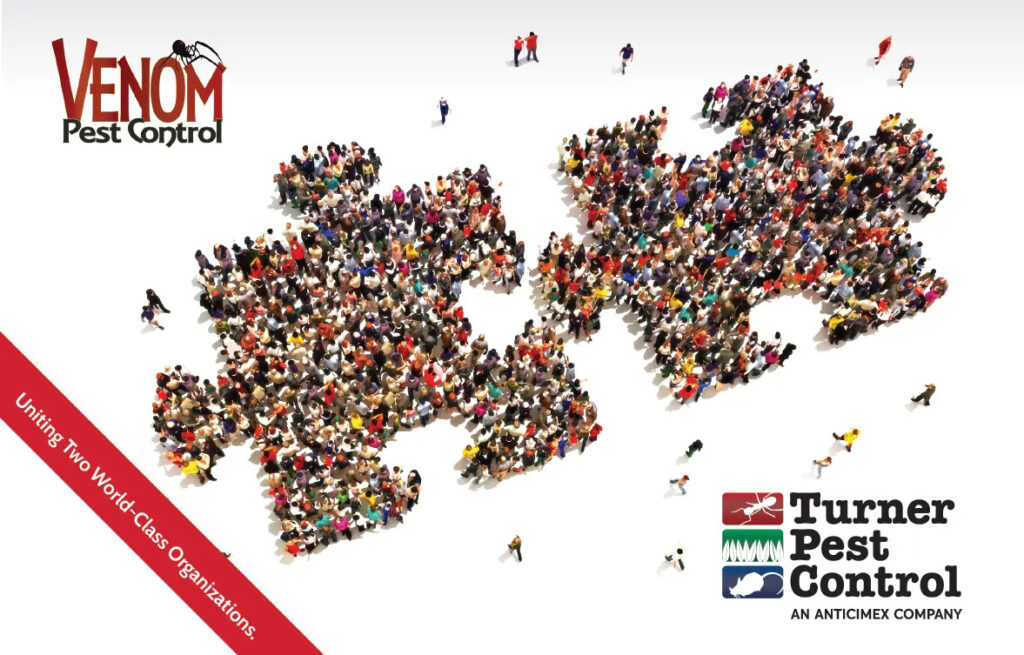Large, brown patches of grass in your lawn can be due to a number of problems, but if you’ve noticed an unusual number of moths hovering over your St. Augustine grass, tropical sod webworms could be the culprits. If these lawn pests are keeping you out of the running for yard of the month in your neighborhood, here’s what you need to know.
No stopping sod webworm season.
In the southeast, the peak activity of the moths is typically early fall but with the increased rainfall this year, these pests are already damaging lawns. Once you’ve seen the tell-tale moths gathering, however, much of the damage will have already been done, because moths are the final/adult stage of the sod webworms.
Tropical sod webworms, which are actually caterpillars, start out in clusters of small white eggs that are laid on the lower parts of grass blades. They turn brown as they mature and then hatch as very tiny caterpillars, then go through several instars, or stages of growth. When they pupate, their cocoons can be seen in the upper thatch of turfgrasses such as St. Augustine. The moths that emerge are about three-quarters of an inch long and a dingy brown.
Signs of tropical sod webworm problems.
The damage to your lawn is done not by the moths but by the caterpillars, which feed on the blades of grass. Sod webworms feed at night, so you may not see the active worms during the day. If you look closely, however, you can see that the edges of the blades will have been chewed. According to the University of Florida, the feeding activity of the smaller larvae is hardly noticeable. As they grow, they chew farther down the blades of grass.
As an infestation of sod webworms spreads, large areas of your turf will be damaged if left untreated. So what’s a lawn-loving Floridian to do? First, you can check for the presence of sod webworm caterpillars with the soap flush method: Make a mix of one tablespoon of lemon-scented liquid dish detergent with one gallon of water and apply it to the affected area. Caterpillars are irritated by this mixture and will be flushed to the soil surface.
You can also easily spot the moths by simply walking on your lawn, especially in shady areas, which will cause them to take flight.
Keep your lawn healthy and green with Turner Pest Control.
Treatment options include DIY methods of pesticide application, but it’s important to use the right product and multiple applications may be needed to attack the webworms in their various lifecycle stages. You also have to be careful not to eradicate too many of the beneficial bugs that are natural enemies of tropical sod webworms.
The best approach, however, is preventive: If you’re laying new sod, look into which cultivars of St. Augustine grass are more resistant to these pests. If your lawn is established, maintain healthy turf by using proper mowing, fertilization, and irrigation practices. Should tropical sod webworms still make an appearance in your yard, Turner Pest Control’s lawn and outdoor technicians can help. We offer affordable services that can control a wide range of lawn pests, plus fertilizer treatments that help keep your lawn in great shape year-round.
Get a free estimate on our comprehensive lawn and outdoor services—click here to complete the form or call us today at 800-225-5305!



